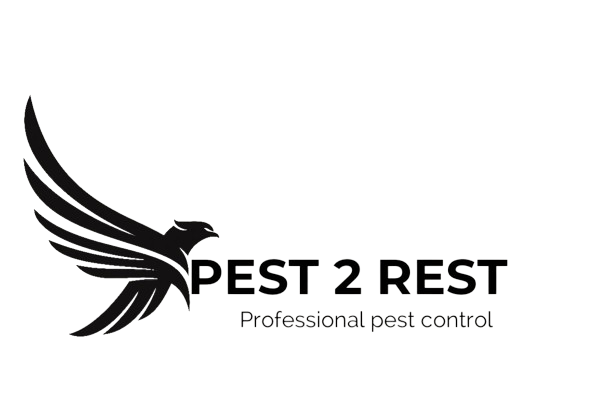Carpet moths, often overlooked until the damage is done, can wreak havoc on your beloved carpets. These tiny pests and their larvae feed on wool, silk, and natural fibers, leaving unsightly holes and ruining your precious floor coverings. In this blog post, we’ll delve into the world of carpet moths, exploring their life cycle, signs of infestation, and effective control methods.
Understanding Carpet Moths
Carpet moths are small, inconspicuous insects that can silently invade your home. The adult moths are harmless, but it’s their offspring that pose the real threat. Female moths lay tiny eggs on carpets, furniture, and other fabric items. Upon hatching, the larvae, often referred to as carpet moth worms, begin feeding on the fibers.
Signs of a Carpet Moth Infestation
Several indicators can signal a carpet moth infestation:
- Visible damage: Small holes in carpets, rugs, or clothing.
- Larvae: Tiny, white or cream-colored caterpillars on your carpets.
- Silk casings: Protective cocoons spun by the larvae.
- Adult moths: Flying moths, especially in dark areas.
Carpet Moth Control and Prevention
Tackling a carpet moth infestation requires a multi-faceted approach:
- Thorough cleaning: Vacuum your carpets and furniture regularly to remove eggs and larvae. Pay attention to corners, edges, and under furniture.
- Laundering and dry cleaning: Wash or dry clean fabric items that may be infested. High temperatures will kill the eggs and larvae.
- Storage: Store woolen items in airtight containers to prevent moth access.
- Moth traps: Use pheromone traps to attract and capture male moths, reducing the population.
- Professional treatment: For severe infestations, consider contacting a pest control professional for expert advice and treatment.
Natural Remedies for Carpet Moths
While chemical treatments are effective, some people prefer natural alternatives. Here are a few options:
- Cedar: The strong scent of cedar can repel moths. Use cedar blocks or cedar-lined closets.
- Lavender: Lavender oil is another natural moth repellent. Add a few drops to cotton balls and place them in affected areas.
- Diatomaceous earth: This powdery substance is harmful to insects, including carpet moth larvae. Sprinkle it on carpets and rugs.
Preventing Future Infestations
To prevent future carpet moth problems, follow these tips:
- Regular inspections: Check your carpets and stored items for signs of infestation.
- Good hygiene: Keep your home clean and clutter-free.
- Ventilation: Ensure proper ventilation in your home to reduce humidity, which moths thrive in.
By understanding the habits of carpet moths and implementing effective control measures, you can protect your carpets and other valuable fabrics from damage. Remember, early detection and prompt action are key to successful carpet moth management.
